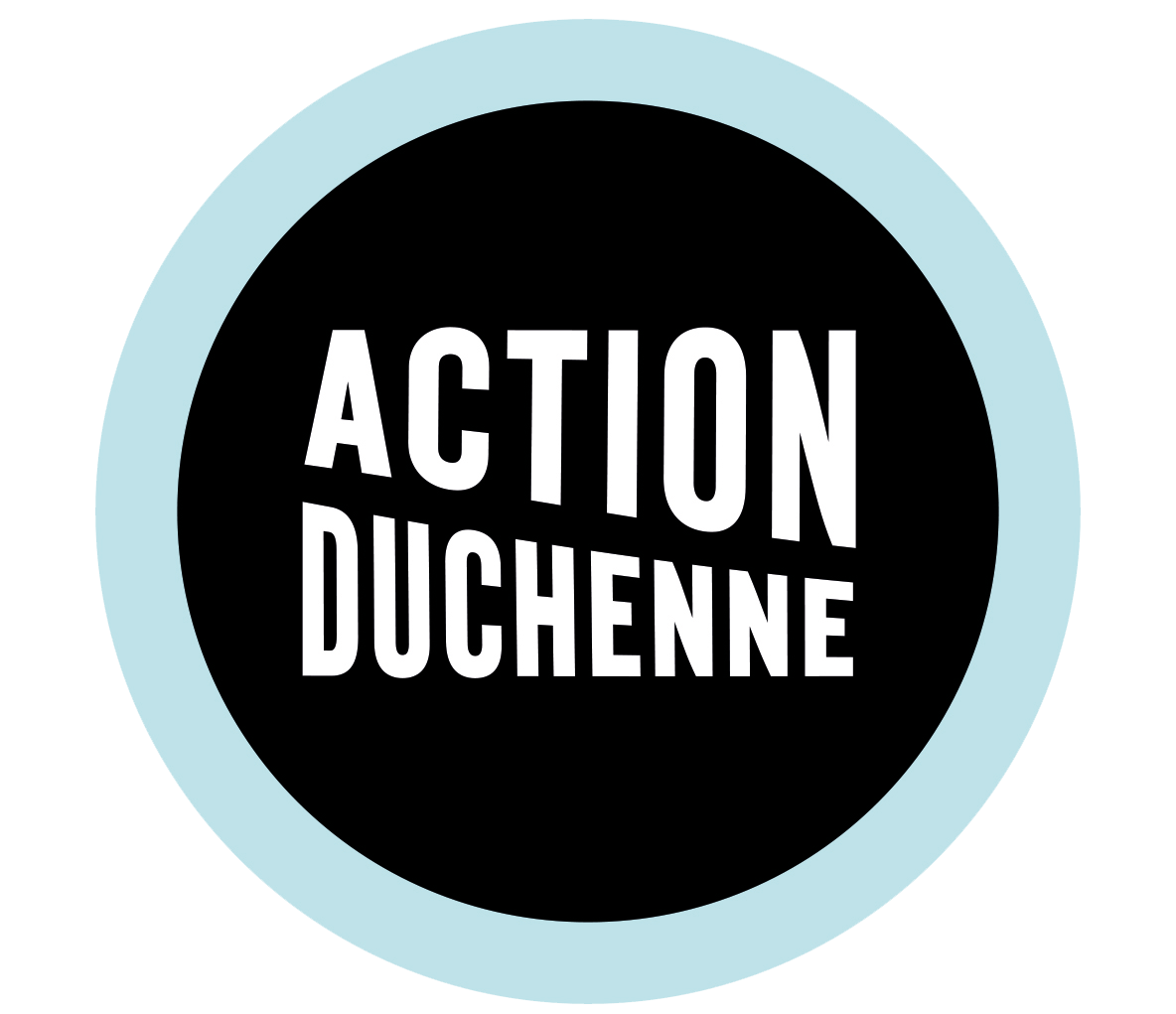Stem cell research may lead to new treatments for Duchenne muscular dystrophy. Normally, muscle stem cells called satellite cells, respond to damage to quickly repair muscle tissue. In Duchenne, these satellite cells cannot respond well to damage and since the body cannot make new satellite cells, these soon become depleted. Stem cell therapy aims to repair a young person’s stem cells before using them to repair and replace their own damaged muscles. Stem cells may help by generating muscle fibres to replace those damaged ones or by helping to reduce the widespread inflammation in the muscle.
So far studies for effectiveness and safety have only been conducted in a mouse model of Duchenne, so this work is still at an early stage. Ongoing research is looking into transplanting dystrophin-producing cells into patients either from healthy donor cells or from genetically modified cells from the patient. A team of scientists are optimistic about the use of CRISPR-Cas9 gene editing to remove the faulty sequence in the dystrophin gene and replace it with a correct sequence. This is done using muscle cells from mdx mice which are reverted to a stem-cell like state and then manipulated to become muscle cells, which are hoped to generate healthy muscle cells when returned to the donor mice. Mark Hamrick, PhD, a scientist involved in this project is optimistic that these modified stem cells have the potential to ‘go back in and rebuild everything’.
Work with stem cells is at an early stage but it has the potential to avoid the problems of immune rejection by treating patients with their own genetically modified and repaired stem cells, instead of those of others.

